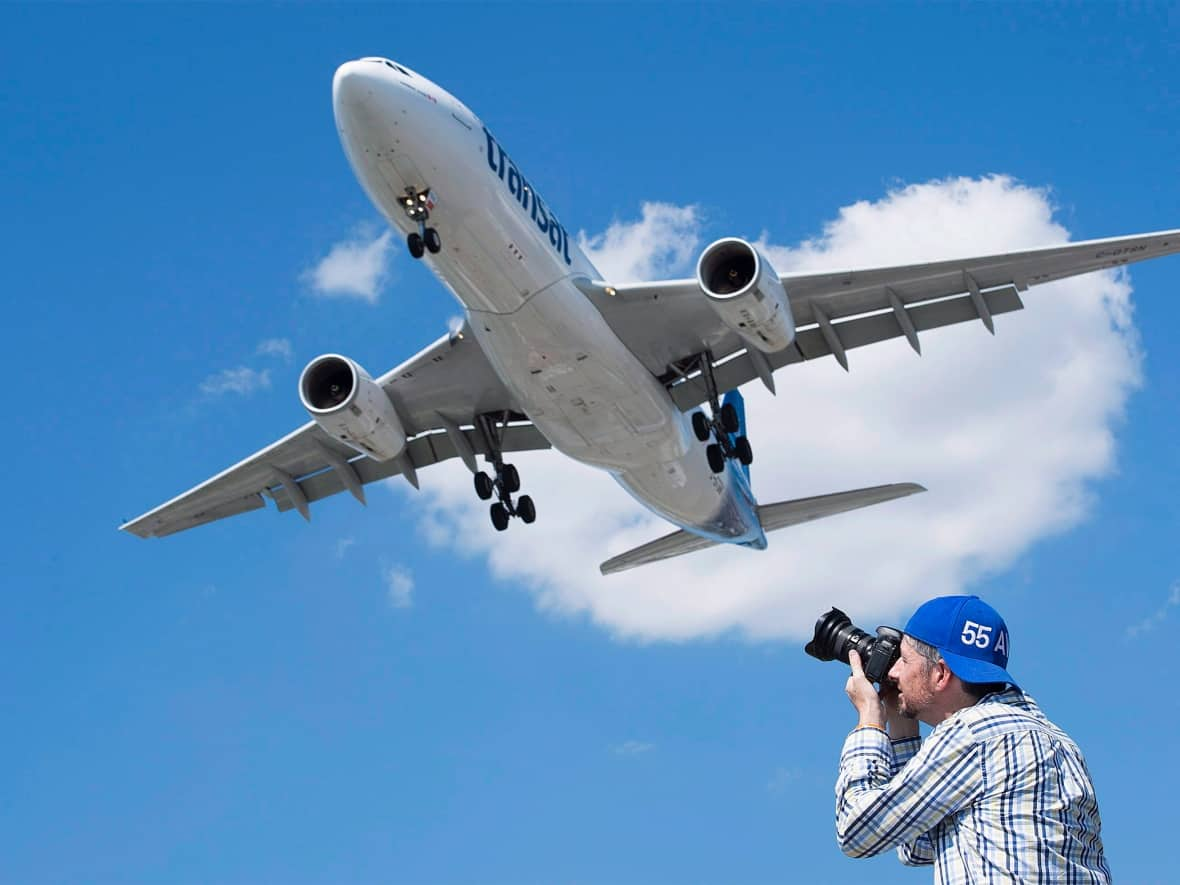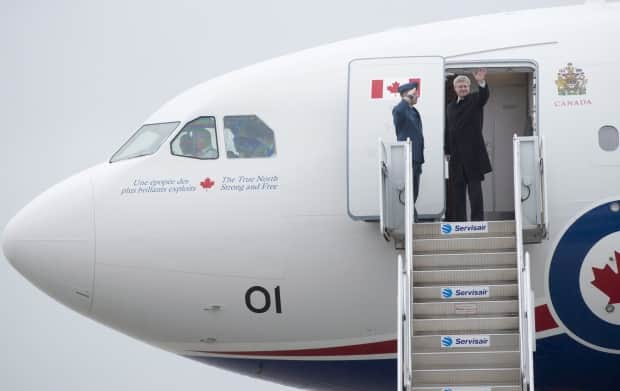New jets for official travel won't have a private cabin for the PM — for now

Prime ministerial travel is getting an upgrade as the Royal Canadian Air Force (RCAF) integrates newer jets into its transport fleet this summer.
But two used Airbus A-330s from Kuwait Airways purchased by the RCAF won't include the prime minister's traditional VIP quarters until a retrofit that may not come for two years or more.
The widebody jets will replace RCAF's 1980s-era Airbus A-310s, the aging aircraft used for the prime minister's trips abroad and for transporting military personnel.
The A-310s are becoming more difficult to maintain as they get older. The original Airbus A-310 fleet was purchased by the Mulroney government in the early 1990s.
The A-330s are larger than the A-310s and have a much longer range.
To get the planes into service as soon as possible, the federal government says it is keeping the aircraft's seating the way the Kuwaitis ordered it "for an interim period."
Because the RCAF will maintain the commercial seating arrangement for now, Prime Minister Justin Trudeau will fly without access to a private cabin — something he had on the A-310.
A senior government official speaking on background to CBC News said at least one of the two former Kuwaiti planes will be outfitted eventually with a VIP cabin.
But the official couldn't confirm an exact date for that retrofit. It is expected to happen sometime over the next two years.
"Last summer, we moved forward with replacement of Strategic Tanker Transport aircraft, as the current fleet is over thirty years old. This will include the replacement of the current aircraft that is used for the transport of senior government officials," said Daniel Minden, press secretary to Defence Minister Anita Anand. "Future replacement aircraft to be used for senior government officials will be equipped with a cabin."
When CBC News asked about the aircraft's interior, the Department of National Defence (DND) cited a post on the department's LinkedIn account:
"These first two aircraft, originally manufactured in 2015, will retain their commercial cabin configuration for an interim period to perform cargo, troop and passenger airlift operations."

The new A-330 for official travel will include some features not available on the A-310.
It will have an accessible washroom — welcome news for those with mobility issues and passengers who have to change into business attire or protective gear before landing. Journalists who travel with the prime minister will be relieved to find individual power outlets and USB connections at their seats for the first time ever.
The Airbus A-330 has been used in this country by Air Canada and Air Transat since 1999. The aircraft's interior will look very familiar to Canadians who fly business class.
Kuwait Airways operated the jets with 17 first class, 30 business class and 165 economy seats. Canadian airlines use a much denser seating arrangement.
One of the aircraft set to arrive later this summer has received the same red, white and blue paint scheme used for the prime minister's current ride — an Airbus A-310 known as Airbus 01.
Airbus 01 was built originally for Wardair; after a merger with Canadian Airlines, it was declared surplus and sold.
WATCH: Take a 2004 tour of the prime minister's plane
When it entered service with the Canadian government, the aircraft's interior got a VIP makeover for official travel that included a private, railway-style compartment with a bed and a simple shower. The redesigned interior also added diner-style banquette tables, which became popular for in-flight briefings.
The U.K., Australia and France also operate the A-330 for high-level official travel.
France has chosen a partitioned, high-end interior, while the U.K. has opted for business class seating.
The RCAF wants to acquire six A-330s in total over the next few years. The federal government has not confirmed it's buying the other four.
DND says that after the two aircraft being delivered this summer spend a few years in service, they'll be sent back to Europe to be refitted as air tankers that also carry passengers.
The RCAF needs the ability to refuel in-flight to extend the range of its CF-18s and future aircraft.
The A-310s were modified to carry freight — large cargo doors were cut in the side of the fuselages and the cabin floors were reinforced.
DND said that won't be necessary with the new aircraft.
"The A330 aircraft has sufficient cargo space below the main deck that cargo is not loaded on the main deck. This main deck space is reserved for passenger transport," said Dan Lebouthillier, DND head of media relations.
For security reasons, the prime minister and the Governor General are forbidden from flying commercial. But the PM's official plane has been a political football for decades.
After the military bought the Airbus fleet in 1992 and the Mulroney government spent $56 million to convert one plane into a VIP transport, then-Liberal leader Jean Chrétien derided it as a flying "Taj Mahal" and refused to fly in it after he became prime minister.
His successors — Paul Martin, Stephen Harper and Justin Trudeau — used the jet for most of their international travel.
Chretien later relented and flew with Harper, then the prime minister, on the VIP aircraft to the funeral of Nelson Mandela in 2013.
WATCH: Four prime ministers travel to Nelson Mandela's funeral


